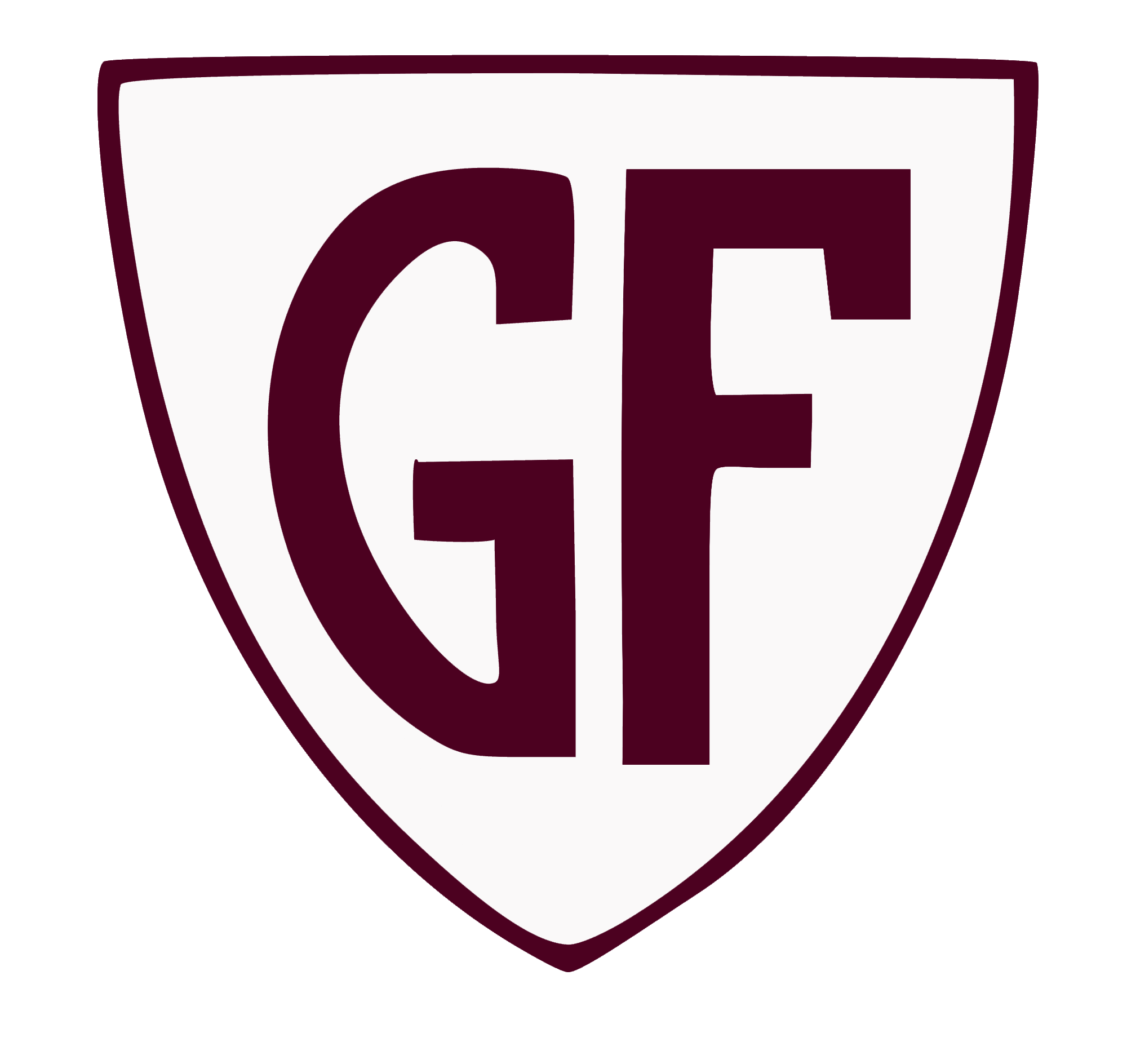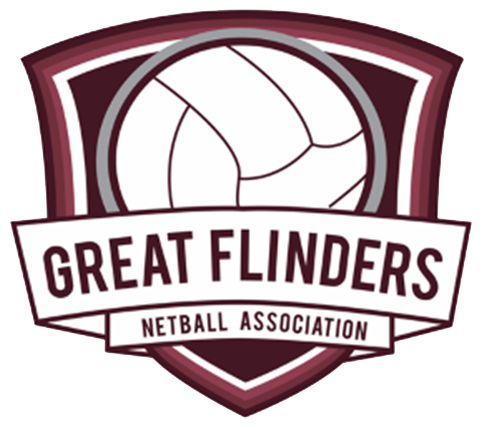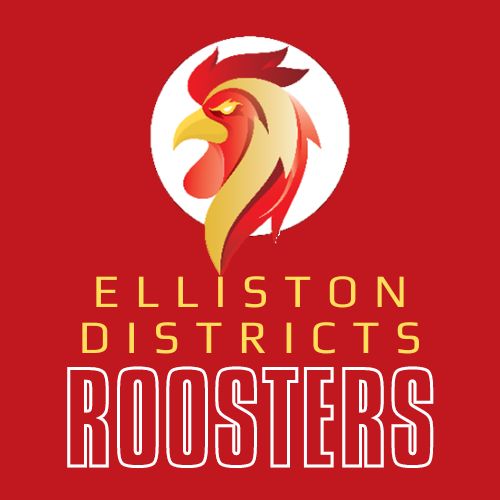2024 ANZAC Round @ Cummins
- greatflindersflsec
- Apr 24, 2024
- 5 min read
Updated: May 22, 2024
Cummins Ramblers vs Cummins Kapinnie
Peter Lewis and Jean Carter
ANZAC Medals
ANZAC Round Football and Netball
These two Medals are presented to an A grade Football player and an A grade Netballer following the selected GFFL Match on the Saturday after ANZAC Day.
The Medal is not necessarily presented to the best player or highest goal-scorer on the field / court, but to the player who shows the ‘ANZAC Spirit’ - the player that shows skill, courage, self-sacrifice, teamwork and fair play.
It may be the player that never kicks / shoots a goal, but plays on and passes the ball to a team mate in a better position or the player that is always “knocked down” but gets back up
and keeps on playing. The player that tries his / her best the whole time and is determined to keep at it.
Medals are sponsored by the RSL, Cummins-Yeelanna Sub-Branch and the Tumby Bay Sub-Branch.
The Peter Lewis ANZAC Medal

Peter Edward Lewis was born in Geraldton WA on 11 August 1943, the eldest son of former RAAF Warrant Officer Bob Lewis and his wife, Joan.
His parents returned to Adelaide when Peter was a toddler, and in 1953 moved to Cummins.
Peter has three sisters, Toni, Liz & Ann and two brothers, David and Gerard.
Peter loved living in Cummins with a passion.
He excelled in school debating and developed a love for Shakespeare and classic novels after leaving school.
But it was the outdoors life where he learned to make a raft from planks of wood and 44-gallon drums to navigate the 1956 floodwaters on the Warrow Road.
It was in his home backyard in Walkom Street where he learned to make mini cannons from small wooden blocks and .303 rifle shells, packing them with gunpowder from firecrackers, to literally fire his problem solving skills.
These experiences marked his all too short life as a bright school student, an inquisitive young stockman working for the stock firm Goldsbrough Mort firstly in Cummins then in Minnipa and later on Kimba; and, as a regular soldier in the Australian Army, which he joined when about 19 years old.
On enlisting, Peter and was given the nickname “Joe” by his Army mates.
‘Joe’ rose quickly through the ranks to sergeant, serving overseas, first in Sarawak, Borneo and later volunteering to join the advance team for the Third Battalion, Royal Australian Regiment, which served its first tour of duty in Vietnam from December 1967 to 1968.
Although not much older than most of his Platoon, ‘Joe’ was regarded as a “father figure” due to his experience and the younger inexperienced soldiers listened carefully to the knowledge of jungle warfare and the “tricks of the trade” that ‘Joe’ offered.
After leading his D Platoon, C Company on a number of missions around the Australian Army base at Nui Dat in Phuoc Tuy province, South Vietnam, Peter joined members of the Units of the 1st Australian Task Force engaged in establishing Fire Support Bases at Coral and Balmoral, north east of Saigon (now Ho Chi Minh City).
While working with his Commanding Officer, Lieutenant Mark John on May 13, 1968, to protect the area with Claymore mines, they were fired upon by a Viet Cong sniper.
Despite the bravery and skills of a helicopter pilot, Peter died of wounds several hours later.
The book, The Battle of Coral recalls:
quote “Lewis was Mark John’s platoon sergeant, and his loss was felt by many”.
“Jim Shelton described him as an ‘extremely good sergeant’.”
unquote.
Peter made many friends in the Army and they are now life time friends of the Lewis Family.
Peter is buried in the Centennial Park Cemetery, Adelaide, Derrick Gardens, Path 7,
Grave 561A.
Peter is honoured and remembered in several places including;
Panel 5, Australian War Memorial Commemorative Area;
A.W.M. Roll of Honour;
Centennial Park Adelaide;
Vietnam Memorial, Kings Park, Perth;
Cummins Area School – Peter Lewis Walkway, and
Cummins War Memorial.
At the going down of the Sun,
And in the morning,
We Will Remember Them
Lest We Forget
The Jean Carter ANZAC Medal

Jean Florence Carter was born in Port Lincoln on 26 September 1921 to John (Jack) and Annie Isabella Carter of Edillilie.
Jean was one of 9 siblings; Ron, Ray, Stan, Ted, Eileen, Muriel, [Jean], Barbara and Lola.
The siblings were educated at the one-teacher school at Edillilie for their primary years and
Jean spent some years at the Convent in Port Lincoln for her secondary education.
Five of the Carter siblings enlisted in World War II:
Ray and Ted in the Army, and Jean with her younger sisters Barbara and Lola in the RAAF.
The three sisters made history by enlisting together on the same day at the same place;
November 15, 1943, at No 5 Recruiting Centre RAAF, Adelaide.
On her enlistment paper, Jean’s desired job was as a Transport Driver, and so having been driving a car and a truck for five years and holding a licence for two, she was granted her wish and posted to training as a D.M.T. (Driver Motor Transport).
Jean’s first posting was to 4 I.T.S [Initial Training School School] at Victor Harbour.
January 2, 1944 saw Jean posted to 3 S.T.T. [School of Technical Training] in Ultimo NSW and then on February 5, 1944 to 2 A.O.S. [Air Observer School] Mt. Gambier.
Whilst working at 2 A.O.S., Jean became ill and on March 16, 1944 was transferred to Adelaide to 7 RAAF Hospital, which resulted in her having her right arm amputated.
Several months later, September 29, Jean was posted to 7 RAAF as Staff.
Jean, a true right-hander, was exceptionally quick at adapting very well to using her left hand for everything and could manage most things herself, including tying her shoe laces and her tie.
Her left-handed, hand-written letters were beautifully scripted in easy to read flowing cursive – it is hard to believe she was not a natural left hander.
Jean was a bright, cheerful and optimistic person, who made the most of life and her opportunities and did all to the very best of her ability.
Jean’s case being very unique, the RAAF kept her in, employing her as a WAAF Switch-board Operator at the 7 RAAF Hospital, where she had been a patient.
A Letter dated 14/8/44 from 7 RAAF Hospital, Frome Rd, Adelaide, reads:
quote:
“I will not be discharged from the Forces for possibly twelve months. Air board has decided my case was so rare they shall keep an eye on me and so I remain a WAAF and going to work on the switch board.”
unquote.
On March 1st, 1945, Jean was re-admitted to 7 RAAF Hospital as a patient and passed away
at 1910 hours [7:10pm] on March 9, 1945 in hospital.
Jean’s was buried on March 11, at the Centennial Park Cemetery, Plot W, Row B, Grave 5.
Jean’s simple white marble headstone is adorned atop with the crest of the RAAF and below simply reads,
11522 AIRCRAFTSWOMAN
J.F. CARTER
WOMENS AUSTRALIAN
AUXILIARY AIR FORCE
9TH MARCH 1945 AGE 23
Jean’s Army Records note that “Sarcoma” is the cause of death.
Jean is honoured and remembered on,
Panel 117, Australian War Memorial Commemorative Area;
A.W.M. Roll of Honour;
Port Lincoln Women of the EP Who Answered the Call Honour Roll WW2;
Edillilie Honour Board, and,
Cummins War Memorial
At the going down of the Sun,
And in the morning,
We Will Remember Them
Lest We Forget












Comments